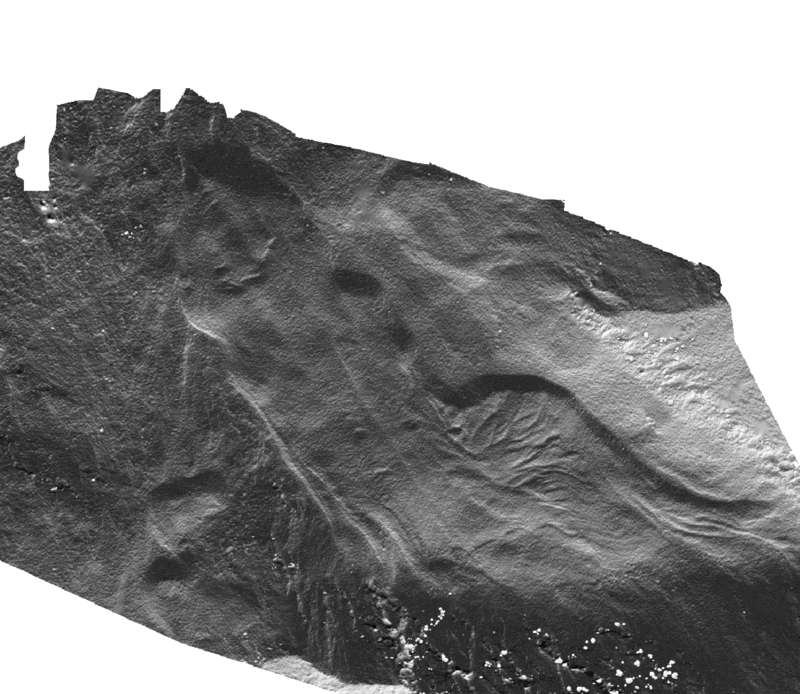Trying to understand the rock glacier in Äußeres Hochebenkar
What? Rock glaciers are frozen piles of rocks and finer material. They move downhill, usually at rates of a few centimeters to a couple of meters per year. Many have gotten faster in recent decades and some show signs of destabilization, which means they are getting a lot faster and moving more like a landslide. People have been monitoring the movement of the rock glacier in Äußeres Hochebenkar (Austria) for around 70 years using different methods, so we now have a lots of data that we can use to trace changes over a long time. Why? We still don’t really understand the details of how rock glaciers move and how this is connected to climatologic forcing. This particular rock glacier has recently started moving really, really fast by rock glacier standards and poses a threat to the road below due to increasing rock fall. Summary: See the animation below. The upper part of the rock glacier moves like a “normal” rock glacier. The lower part seems to have periodic phases of destabilization, where it speeds up and slides down hill much faster than the upper part. The upper part likely moves due to permafrost creep (more complicated than it sounds) and the movement in the lower part is more of a land slide process. More subsurface information and real time monitoring would be very helpful!
This was part of my doctoral work and has remained an unfunded side-interest. Key publications:
Hartl, L., Zieher, T., Bremer, M., Stocker-Waldhuber, M., Zahs, V., Höfle, B., Klug, C., and Cicoira, A. (2023) Multi-sensor monitoring and data integration reveal cyclical destabilization of the Äußeres Hochebenkar rock glacier. Earth Surface Dynamics,11,117–147. https://doi.org/10.5194/esurf-11-117-2023.
Hartl, L., Fischer, A., Abermann, J. & Stocker-Waldhuber, M. (2016): Recent speed-up of an Alpine rock glacier: an updated chronology of the kinematics of Outer Hochebenkar rock glacier based on geodetic measurements. Geografiska Annaler: Series A, Physical Geography, 98, 129–141. DOI:10.1111/geoa.12127.
Hartl, L.; Fischer, A.; Klug, C. & Nicholson, L. (2016): Can a simple Numerical Model Help to Fine-Tune the Analysis of Ground-Penetrating Radar Data? Hochebenkar Rock Glacier as a Case Study. Arctic, Antarctic, and Alpine Research: May 2016, Vol. 48, No. 2, pp. 377-393.
Animation of hillshades derived from digital elevation models showing the rock glacier between 1953 and 2021.
